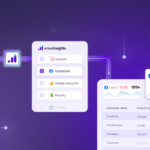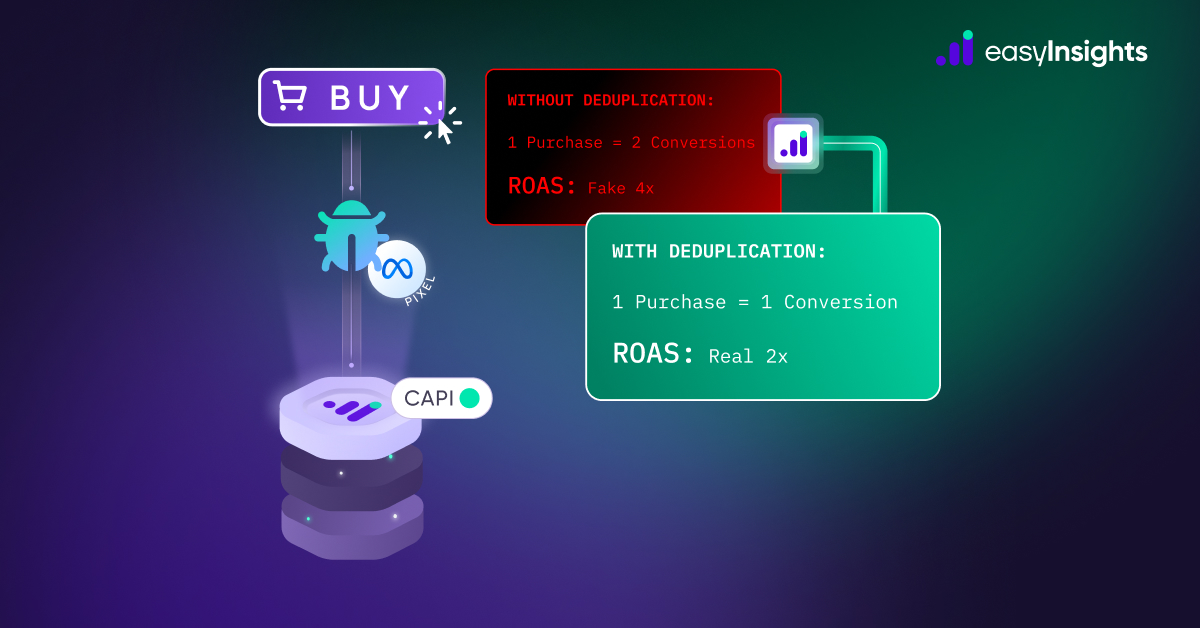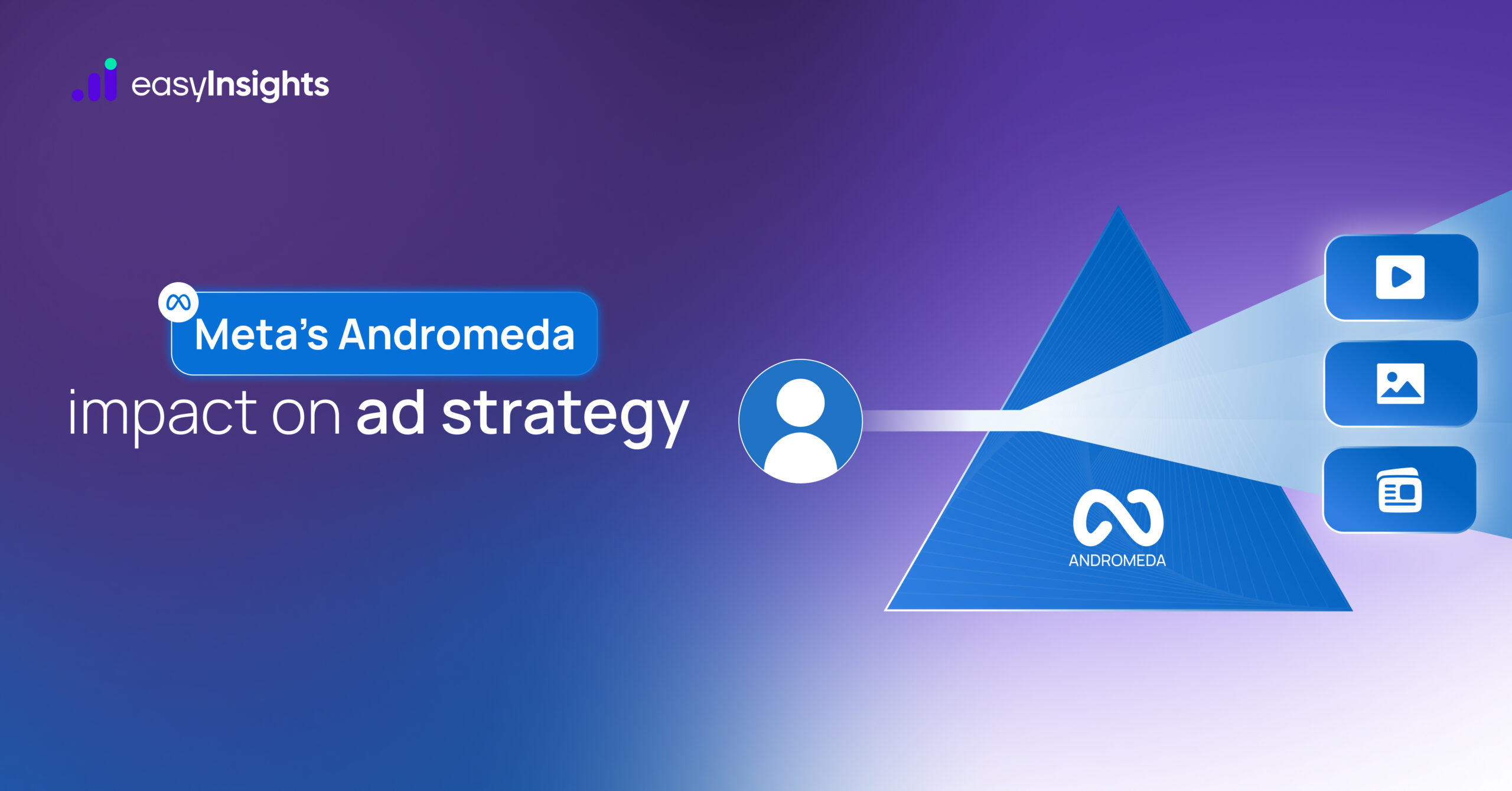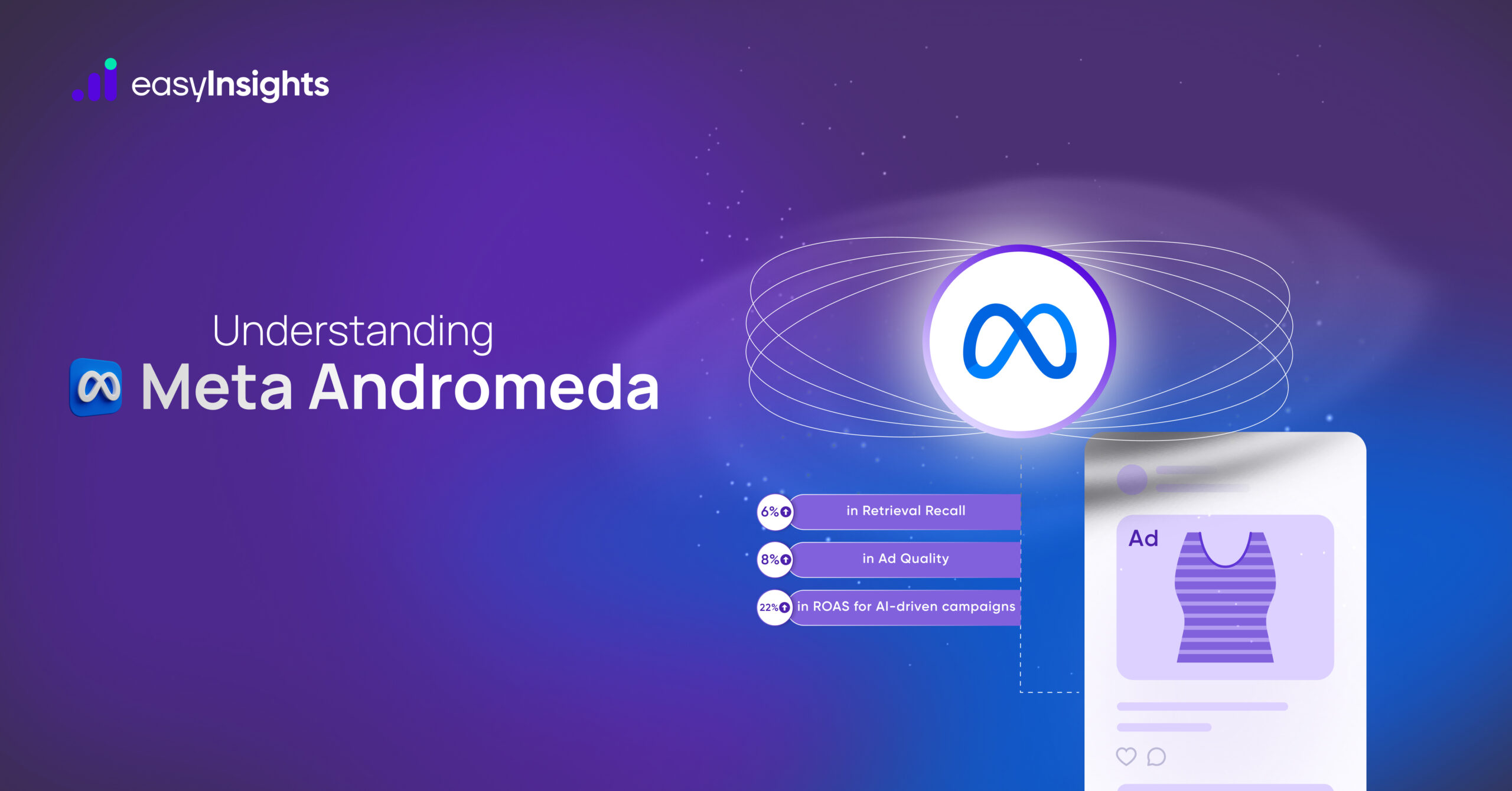
Several years back, the concept of a Composable CDPs wasn’t even on the radar. The notion of seamlessly accessing all essential elements of a conventional CDP directly from your current data infrastructure was completely novel.
Jump ahead to the present day, and the landscape has shifted dramatically. The Composable CDP has become a cornerstone in the industry–and it’s effective. Consequently, major CDP vendors are either scrutinizing Composable CDPs or adopting the term “Composable” in their marketing without substantial changes to their infrastructure. In this blog, we’ll clarify the definition of a Composable CDP and debunk the most prevalent misconceptions around it.
Jump ahead to:
Definition : What are Composable CDPs?
A Customer Data Platform (CDP) revolves around managing customer data. It’s responsible for gathering, storing, modeling, and ultimately leveraging this data with tools utilized by marketers. Traditional CDPs typically come as all-in-one packages, handling these tasks within their own systems, notably storing customer data internally. However, the Composable CDP achieves the same objectives of collecting, storing, modeling, and activating customer data but with four distinct differentiators:
- Composable CDPs operate on your own data infrastructure. Instead of housing your data within its own system, a Composable CDP allows you to store it in your own data warehouse.
- Composable architecture is modular and interoperable. This means you have the flexibility to interchange components of your CDP, such as event collection, as needed, without being locked into a single vendor.
- The Composable CDP is schema-agnostic. Regardless of the entities vital to your business, you can structure your CDP data accordingly in your warehouse and put it into action. This is a departure from traditional CDPs, which often adhere to rigid user and event models.
- Composable CDPs provide unbundled pricing. Rather than purchasing unnecessary functionality from an all-in-one platform, you only pay for the features you require.
Now that we have defined CDPs, let’s dispel some of the common misconceptions about Composable CDPs.
Misconception 1: Equating Composable with Reverse ETL
Many people think that “Composable” equates to Reverse ETL, a process which syncs data from a warehouse to other tools. But that’s too simple. It doesn’t fully explain what a Composable CDP is.
A Composable CDP does more than just activate data. It does everything a regular CDP does: gathering data, storing it, modeling, and activation. What sets it apart is that it’s built around your data infrastructure, usually a data warehouse. For companies equipped with robust data collection, storage, and modeling capabilities, Reverse ETL serves as the final piece to complete the Composable CDP puzzle – a scenario that applied to many early adopters enabled by EasyInsights.
Some traditional CDPs claim to be “Composable” because they have basic Reverse ETL features. But they fall short. They don’t fully integrate with your data infrastructure; they remain bundled, non-modular software with separate event collection, data storage, and inflexible schema requirements. Reverse ETL alone does NOT fulfill the four essential criteria for a Composable CDP as outlined above.
Bottom Line: A truly Composable CDP needs every part to be built around your data infrastructure. Just having Reverse ETL isn’t enough.
Additional Reading: Your Comprehensive Guide to Reverse ETL
Misconception 2: A Composable CDP demands Multiple Vendors
Some people think that to use a Composable CDP, you have to work with lots of different vendors for different parts like event collection, identity resolution, and Reverse ETL. Because of this, some companies stick to using just one vendor, usually a traditional CDP provider that does everything, known as a packaged CDP.
But with EasyInsights, you can have a full Composable solution without needing other vendors. You can put together all the pieces of a Composable CDP using EasyInsights and your existing data warehouse. You don’t have to seek out separate vendors for event collection, identity resolution, audience management, analytics, or activation. By using your data warehouse and EasyInsights, you can easily set up your Composable CDP.
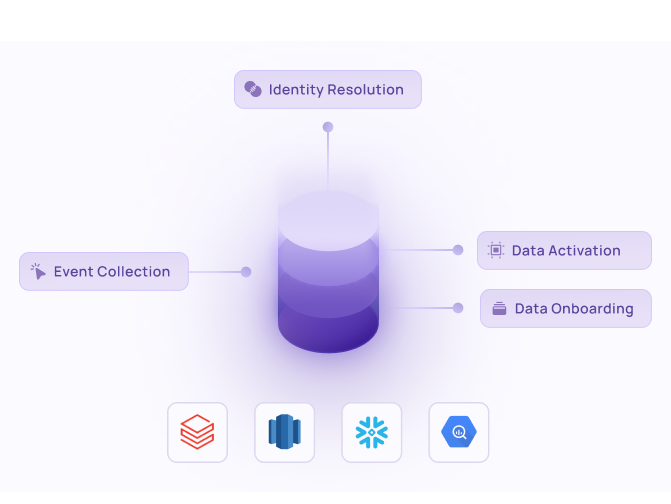
And if you already have favorite vendors for certain parts of the CDP, that’s okay too! With a Composable approach, you can connect the data infrastructure and vendors you like or already have. For example, you might choose to implement EasyInsights solely for Reverse ETL while retaining your current event collection provider like Snowplow. The important thing is that you have the flexibility and ability to control the CDP set-up however you want, based on your business’s needs. This flexibility isn’t possible with a traditional CDP, which might force you to switch from your current data setup or even use extra vendors you don’t need.
Bottom Line: Composable architecture offers the option for, but not the obligation of, engaging with multiple vendors.
Misconception 3: Composable CDPs come at a Higher Price Tag
There’s a big misunderstanding about this idea: some people think that choosing a Composable CDP means dealing with lots of different companies and spending a lot of money on each vendor’s contract. But actually, it’s the opposite.
Composable CDPs usually give you more affordable options compared to traditional ones. With a Composable CDP, you can customize what you buy to include only the features you require, leveraging your existing infrastructure for the rest. On the other hand, traditional CDPs often make you buy a big and expensive bundled package, irrespective of whether you need all the features or not. Plus, traditional CDPs might copy your customer data, which you probably already have stored in your data warehouse. This leads to additional storage expenses that will show up in your bill later.
The Bottom Line: Composable CDPs are a smart, money-saving choice compared to traditional ones. They let organizations pay for what they actually need, without paying extra for functionalities they don’t, and they help avoid extra storage costs for duplicated data.
Misconception 4: Reduced Functionality with Composable CDPs
It’s a common misconception that Composable CDPs offer fewer features compared to traditional ones. This is not true. Composable CDPs provide all the essential functions like event collection, identity resolution, and data activation, and they can do even more.
What’s great about Composable CDPs is that they’re really flexible. Composable CDPs allow companies to tailor their data infrastructure exactly how they want. For example, they can update customer data right away to make ads work better, and they can make personalized experiences on websites and apps, powered straight from their data warehouse.
Contrary to popular belief, traditional CDPs fall short in their core functions compared to Composable CDPs. They rely on rigid systems that often don’t align with the unique requirements of businesses, leading to several inherent challenges:
- Limited Data: Traditional CDPs typically gather behavioral data from web and mobile applications but lack access to other valuable data sources like data science models and offline data.
- Schema Rigidity: Most traditional CDPs support only basic entities like users, accounts, and events, making it challenging for complex businesses with custom objects to adapt.
- Limited Control over Identity Resolution: With traditional CDPs, businesses have minimal control over their identity resolution algorithms, as it’s dictated by the vendor, limiting customization and visibility.
- Lack of Ownership over Identity Graph: Since identity resolution occurs within the CDP, the resulting identity graph belongs to the CDP provider, restricting its use for broader analytics purposes across the business.
The Bottom Line: Composable CDPs not only match but surpass traditional CDPs in functionality, offering greater flexibility, customization, and control over data management processes.
Additional Reading: Choosing the Right Data Activation Platform for your Business
Misconception 5: Complexity in Composable CDP Implementation
Many people think setting up a Composable CDP is really hard because they worry about getting their data ready and the time and work needed to set up the right systems and partners. Some companies think it’s easier to just buy an all-in-one traditional CDP instead.
But it’s actually the opposite. A Composable CDP uses what your organization already has, unlike traditional ones that often need to start from scratch. Getting a traditional CDP ready can take a long time, like 6 to 12 months, and even small changes to data schemas might mean starting over. On the other hand, an average EasyInsights customer can begin activating data from their current storage to downstream tools in as little as 30 minutes — a feat impossible with a traditional CDP
Now, not every Composable CDP can be set up in just a few minutes. It depends on what data infrastructure you already have and your specific requirements. For example, implementing event collection and identity resolution may take longer than setting up Reverse ETL for activation. But because a Composable CDP is flexible, you can start using your existing data right away, without waiting for everything else to be ready.
Bottom Line: Setting up a Composable CDP is quicker and easier than setting up a traditional one because it allows you to capitalize on your current infrastructure and data investments while adding only the necessary components.
Misconception 6: Lack of Marketer-Friendly Features in Composable CDPs
There’s a misconception that Composable CDPs are not suited for marketers because they operate on top of data warehouses, which are usually handled by data teams. Businesses worry that accessing and utilizing data from the warehouse might be challenging for marketers. Recognizing this early on, EasyInsights developed its UI explicitly to empower marketing teams with easy access to warehouse data.
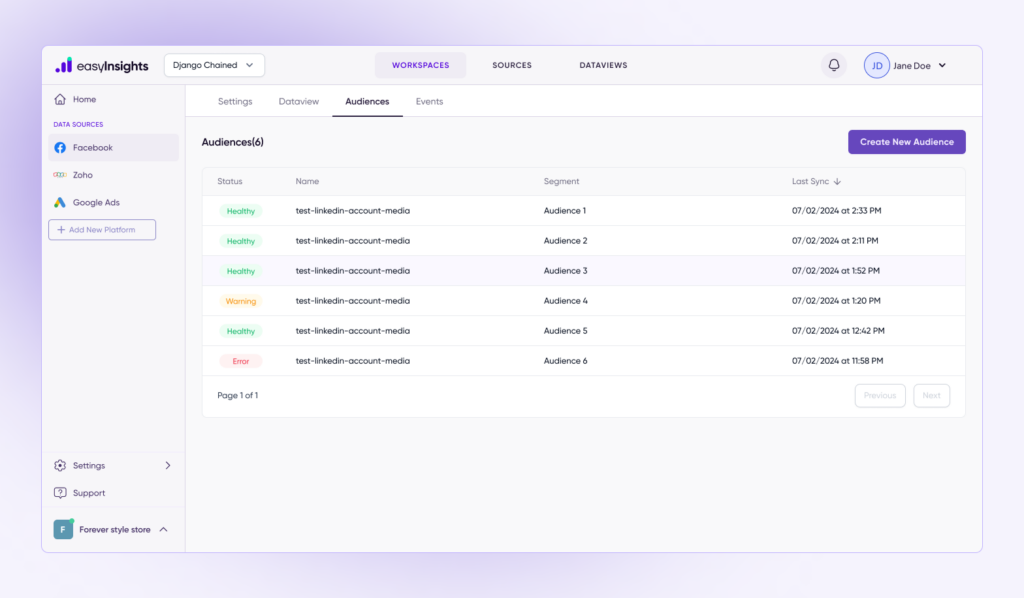
Bottom Line: Composable CDP solutions provide no-code tooling, enabling non-technical users, including marketers, to harness the full capabilities of a CDP directly from the warehouse.
Additional Reading: How Data Activation Will Transform Performance Marketing In 2024
Misconception 7: About Real-Time Data in Composable CDPs
The notion of “real-time” use often isn’t very clear, which can make it confusing to understand what counts as real-time data processing. This ambiguity has allowed some entities to claim real-time capabilities when, in reality, they fall short. While some CDP tasks benefit from instant event forwarding, many marketing situations work fine with a short delay of a few minutes.
Sending events in real-time can help deliver personalized ads, emails, or notifications within seconds. But let’s look at it practically. For example, remarketing to a user mere seconds after they abandon a shopping cart is often ineffective. Even industry leaders like Netflix, renowned for their sophisticated recommendation system, base their suggestions on past behavioral data derived from data science models housed in a data warehouse, not a CDP.
The majority of marketing use cases do not demand real-time processing, and true real-time scenarios extend beyond the capabilities of CDPs alone. For instance, the rapid delivery of a password reset link is dependent on the application server, not a CDP.
Composable CDPs require a few minutes to ingest, process, and subsequently activate customer data, which matches with how fast your warehouse works. However, these brief delays are good because they facilitate crucial data enrichment and identity resolution, enhancing the overall value and usability of customer data. So, it’s up to your organization to decide how fast things need to happen for different tasks and pick the right tools. Even if you need real-time data for certain scenarios, EasyInsights can address this through real-time event forwarding, effectively bypassing the warehouse.
Bottom Line: Composable CDPs can handle real-time tasks like traditional ones by using event streaming, thus circumventing processes like identity resolution. But for many tasks, slight latency is beneficial, resulting in improved data quality and insights for most CDP use cases.
In Conclusion
Composable CDPs are the best way to handle customer data effectively. As legacy players embrace this trend, it’s important to look beyond the fancy marketing and see if the CDP you’re thinking about integrating is truly Composable – and why that matters for your organization.
If you’re thinking about using a Composable CDP for your organization, we’d love to talk to you about how you can reach your goals best. You can schedule a demo with us whenever it works for you!


